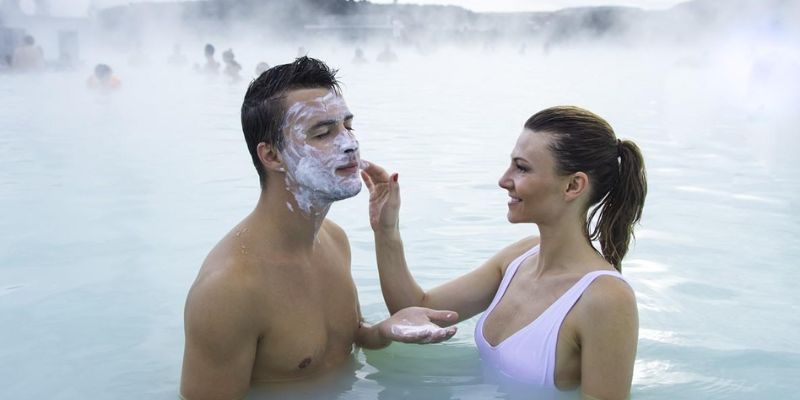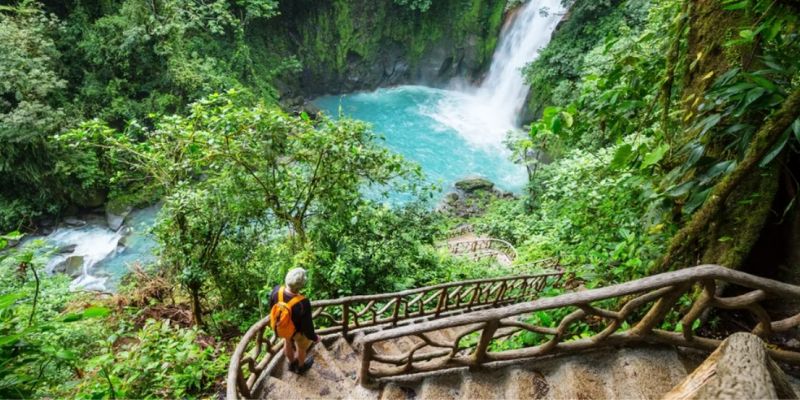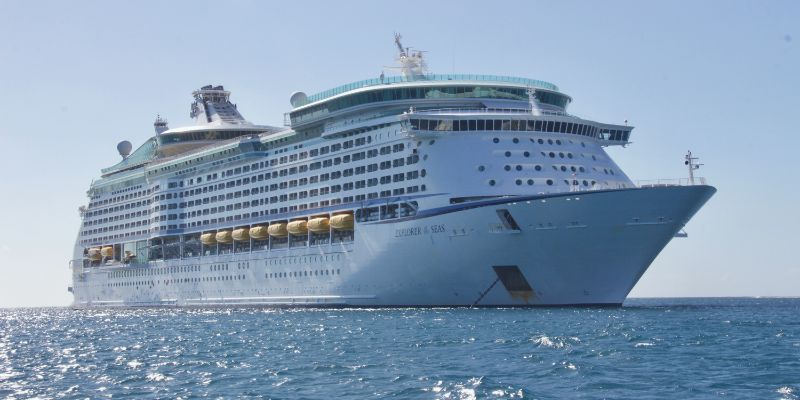Experience the wonder and beauty of Iceland's Northern Lights up close and personal! From fall to early spring, ice-covered landscapes sparkle with the green & purple hues of the Aurora Borealis.
It's easy to see why this majestic phenomenon is an absolute must when visiting Iceland - even if it is only sometimes guaranteed.
Anyone can take a few important steps to ensure the best possible experience watching these captivating lights in all their glory.
Read on to learn how you, too, can marvel at the breathtaking display during your visit to Iceland.
Understand the best time to view the Northern Lights in Iceland
The Northern Lights, or Aurora Borealis, is a spectacular natural light show in the night sky during certain times of the year. Iceland is close to the Arctic Circle, so it is one of Europe's best places to view this phenomenon.
It would be best if you visited Iceland between October and March to catch a glimpse of the Northern Lights; This is when the nights are darkest, and the Northern Lights are more visible. The best time for viewing is usually between 10 pm and 2 am, although they can sometimes appear earlier or later in the night.
The Northern Lights tend to be most active during solar storms, which occur approximately every 11 years. You may have a greater chance of seeing the lights during these times.
However, there is no guarantee that you will be able to see them as they are unpredictable and can appear unexpectedly even during non-solar storms.
Another factor that affects visibility is cloud cover, as it can block out the lights from being seen in the night sky. It's best to check the weather forecast before planning your trip, as you want to ensure the skies are clear.
Planning your trip correctly and ensuring optimal conditions will improve your chances of seeing the Northern Lights in Iceland. With some luck, you'll experience this awe-inspiring light display.
Learn how weather plays a role in spotting the Northern Lights.
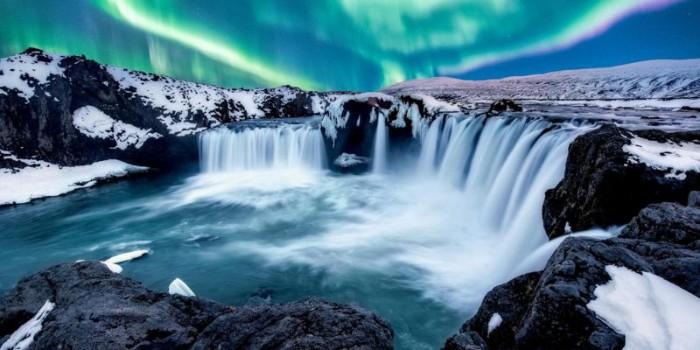
Clear weather is the most important factor in seeing the Northern Lights in Iceland. The aurora borealis can only be seen on cloudless nights. If there are clouds in the sky, or wind and rain, you often won't get a good view of the lights.
In addition to clear skies, the brightness of the lights also depends on how active they are. The Northern Lights' activity can be predicted using an Aurora Borealis forecast. This forecast will show you when there is expected to be a high chance of seeing the lights and when it's likely to be too cloudy or dark for them to appear.
You must be prepared for cold temperatures if visiting Iceland in winter. The northern lights are usually visible in winter, but it can get extremely cold in Iceland - especially at night. Ensure you have warm clothing and appropriate footwear to keep yourself comfortable while enjoying the show.
Finally, try to find an area with minimal light pollution. The best places to view the Northern Lights are away from cities and away from other sources of light. This will make it easier to see the lights in all their glory.
Tips on finding clear skies for viewing
One of the most important factors is clear skies. When seeking out the Northern Lights, If you're hoping to glimpse this incredible phenomenon in Iceland, it's best to plan your trip during the autumn or winter months, when the nights are longer, and there is less precipitation.
You should also be aware of cloud cover; if clouds obscure the sky, you won't be able to see any aurora activity. Ideally, your viewing location should provide an expansive night sky view.
Rural areas and areas away from sources of light pollution are better bets for clear skies – so if you can get out into nature and away from urban centers, that's a smart move.
You can also use websites such as Clear Outside to check weather forecasts and determine if the sky will likely be clear at your chosen location.
Best locations for seeing the lights
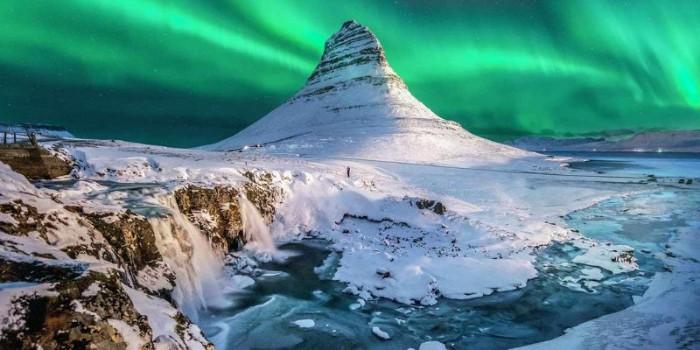
Iceland is the perfect destination for spotting the Northern Lights. The best locations to view this spectacular natural phenomenon include Reykjavik, Akureyri, and Hofn.
Reykjavik is Iceland's capital and largest city on the country's south coast. It offers easy access to remote areas with less light pollution, making it an ideal location for spotting the Northern Lights.
Akureyri is located in the north of Iceland and is considered one of the best locations to witness the Northern Lights. The area is surrounded by mountains and glaciers, providing a stunning backdrop for this natural phenomenon.
Hofn is located on Iceland's south coast and is renowned for its stunning landscapes and clear skies. The area is known for having some of the clearest views of the Northern Lights, making it a great spot to experience this natural wonder.
Recommended equipment to bring with you
When traveling to Iceland to see the Northern Lights, there are a few essential items you should bring with you to have the best experience possible.
First, make sure that you dress as warmly as possible for your outing. Dress in several layers of clothing and wear a hat, gloves, and boots that are made for cold weather. Additionally, make sure that you bring a flashlight with you as well as a charged cell phone.
You should also bring some warm food and beverage items to stay warm and hungry if you need to wait a while for the Northern Lights to appear. Hot chocolate is an excellent choice, as it can help regulate your body temperature.
Finally, you will need a camera and tripod to capture the beautiful views of the Northern Lights. Be sure to bring a wide lens to fully view the sky without distortion.
FAQs
What is the best month to see the Northern Lights in Iceland?
The best month to see the Northern Lights in Iceland is typically September through April. The darker winter months are the ideal time for viewing, as there will be more hours of darkness and clear skies.
Are you guaranteed to see the Northern Lights in Iceland?
Unfortunately, it is impossible to guarantee that you will see the Northern Lights in Iceland. The aurora borealis is a natural phenomenon, and visibility depends on many factors, such as weather conditions, season, and solar activity.
How do you guarantee to see the Northern Lights?
Unfortunately, there is no way to guarantee that you will see the Northern Lights. The best way to increase your chances of seeing them is by planning your trip carefully and ensuring optimal conditions, such as clear skies and nights.
Conclusion
In conclusion, if you seek to experience a picturesque lige Icelandic sky, do forecasts in your research and plan accordingly. Understanding when the lights are most visible is effortless with the right knowledge while learning the best ways to access clear skies and finding good viewing spots can help make the adventure smooth sailing.

